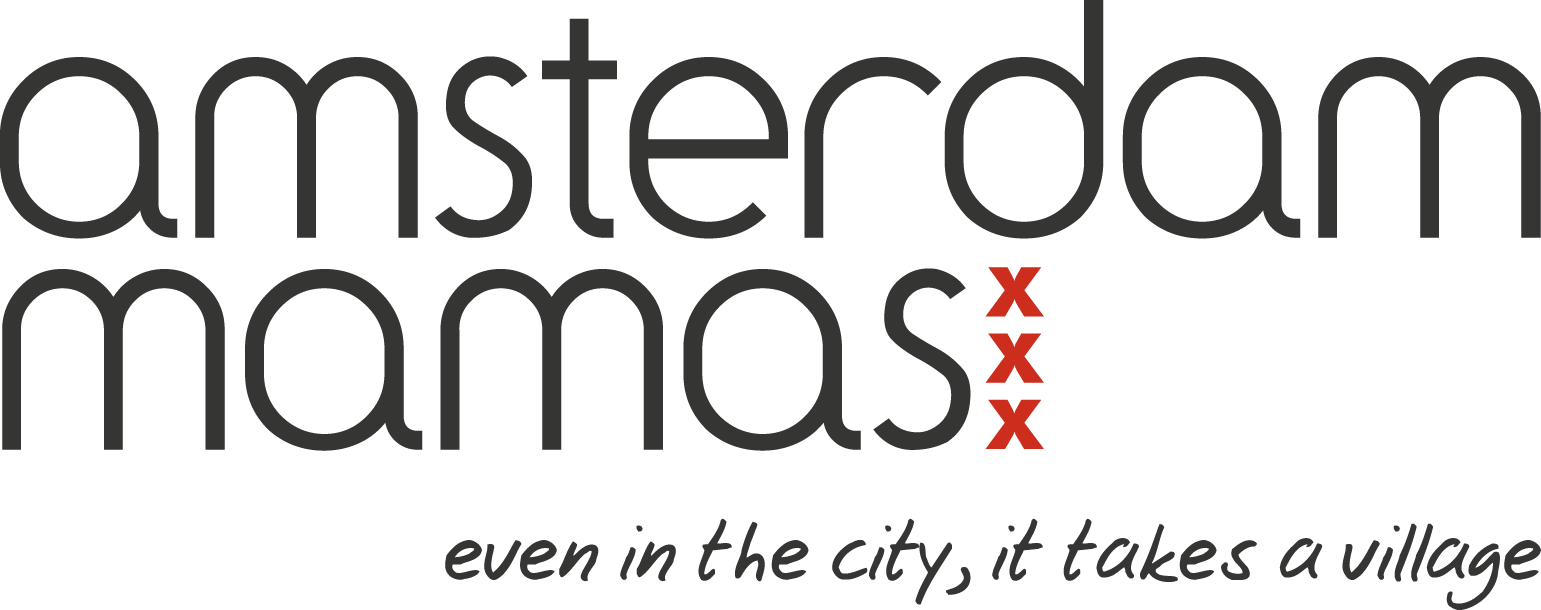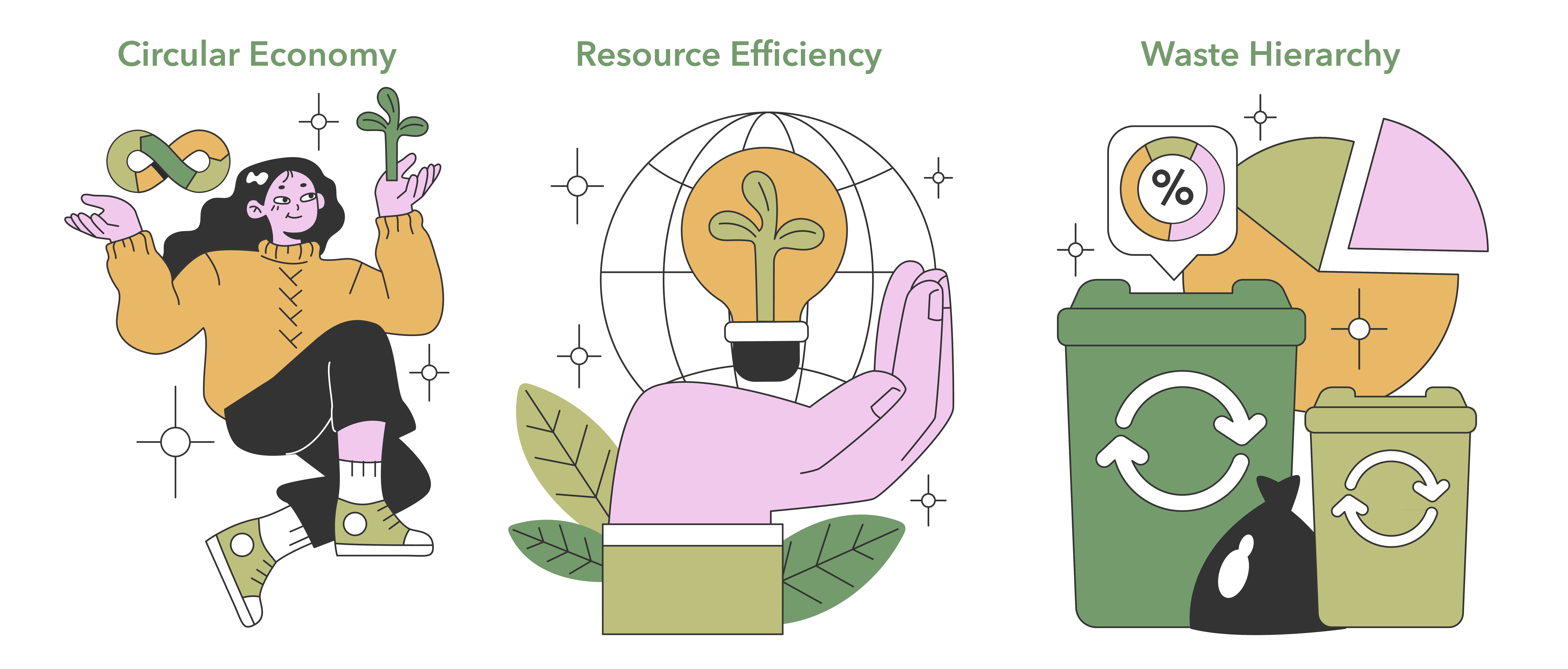In the previous article in the Amsterdam Mamas climate series, Keeping it Cool, we discussed how individual actions can help reduce emissions… But what if we also shift our focus to creating a more circular world?
We live in a world built ‘of, by and for’ a linear economy, where daily habits involve ‘take, make, use, and throw away’. This approach to consumption is not only resource-intensive but also unsustainable, contributing to enormous amounts of waste and greenhouse gas emissions that are driving the climate crisis to a pinnacle. Here are some facts about the fashion industry, as an example, to think about:
- Up to 100 billion new garments are produced each year, yet 87% of materials end up in landfills, contributing to 92 million tons of textile waste annually.
- Each year, 23 billion pairs of shoes are manufactured, and 22 billion are thrown away, creating a staggering amount of waste.
- The fashion industry alone is responsible for about 10% of global carbon emissions, more than the aviation and shipping industries combined.
- Textiles in landfills also release methane, a greenhouse gas that is 28 times more potent than carbon dioxide at trapping heat, accelerating global warming.
Despite global commitments like the Paris Agreement, the climate crisis shows no signs of slowing down. In fact, projections indicate that temperatures could rise by more than 2°C if current trends continue.
But what is Circularity?
Imagine a forest. In nature, nothing goes to waste. When leaves fall, they decompose, enriching the soil for new plants to grow. Animals eat plants, and their waste becomes fertiliser. Everything in nature is reused or recycled, thus sustaining life without creating garbage.
What if we looked at our daily activities and products used in a similar fashion? Circularity offers us this opportunity, it is a refreshing alternative to the wasteful “take, make, and dispose” model. The idea is to keep products, materials, and resources in use for as long as possible, reducing waste and harmful environmental impacts in the process. By maximising a product’s lifespan, we reduce greenhouse gas emissions associated with both new production and end-of-life disposal while continuing to receive the same benefits.
The city of Amsterdam is at the forefront of adopting the circular economy, with a bold target to become 100% circular by 2050. As families in Amsterdam, we have the power to make this vision a reality in our everyday lives. Here are some practical ways your family can contribute to a circular economy and make a lasting impact:
- Buy Second-Hand: Before buying new items, consider second-hand options for children’s clothes, toys, and furniture. Platforms like Vinted, Marktplaats, or local thrift shops/kringloop winkles offer great alternatives. By choosing second-hand, you reduce demand for new resources and save money—making it a win for both your wallet and the environment.
- Repair Instead of Replace: Children outgrow things quickly, and items often break. Instead of discarding them, try repairing them. Amsterdam’s Repair Cafés provide spaces where you can fix everything from broken toys to strollers. These cafés also offer advice on DIY repairs, empowering you to extend the life of your belongings. Innovative products like the Fairphone (a smartphone designed for easy repair) are great examples of circular products designed to last.
- Buy Circular Products: Look for companies that prioritize circularity, such as Patagonia, known for its durable, repairable gear, or MUD Jeans, which offer jeans that you can lease, repair, or return for recycling.
- Swap and Share: Participate in community swap events or create your own swap groups with friends and neighbours. The Ellen MacArthur Foundation provides a great analogy: A drill is typically used for only a few seconds in its lifetime so why buy one when you can share it? Swapping baby clothes, toys, and household items reduces waste and creates opportunities for others to benefit from things you no longer need.
- Upcycle with Your Kids: Get creative and turn old items into something new through upcycling. Whether it’s transforming old clothes into tote bags or using packaging for craft projects, upcycling is a fun family activity that teaches kids the value of creativity and sustainability. It’s also a great way to reduce waste and give old items new life.
Let’s start with small, intentional changes — As families in Amsterdam, we have the chance to lead by example and support the city’s ambition to become fully circular by 2050.
Reema Nagpal
Reema Nagpal works as a consultant for a US based Architecture firm, where she specialises in integrating sustainability and wellness principles into the firm’s projects. As a mother to a 4-year-old, she is committed to creating a greener future for generations to come, fuelling her dedication to educating children and inspiring them to grow up with an awareness of and commitment to the environment.






